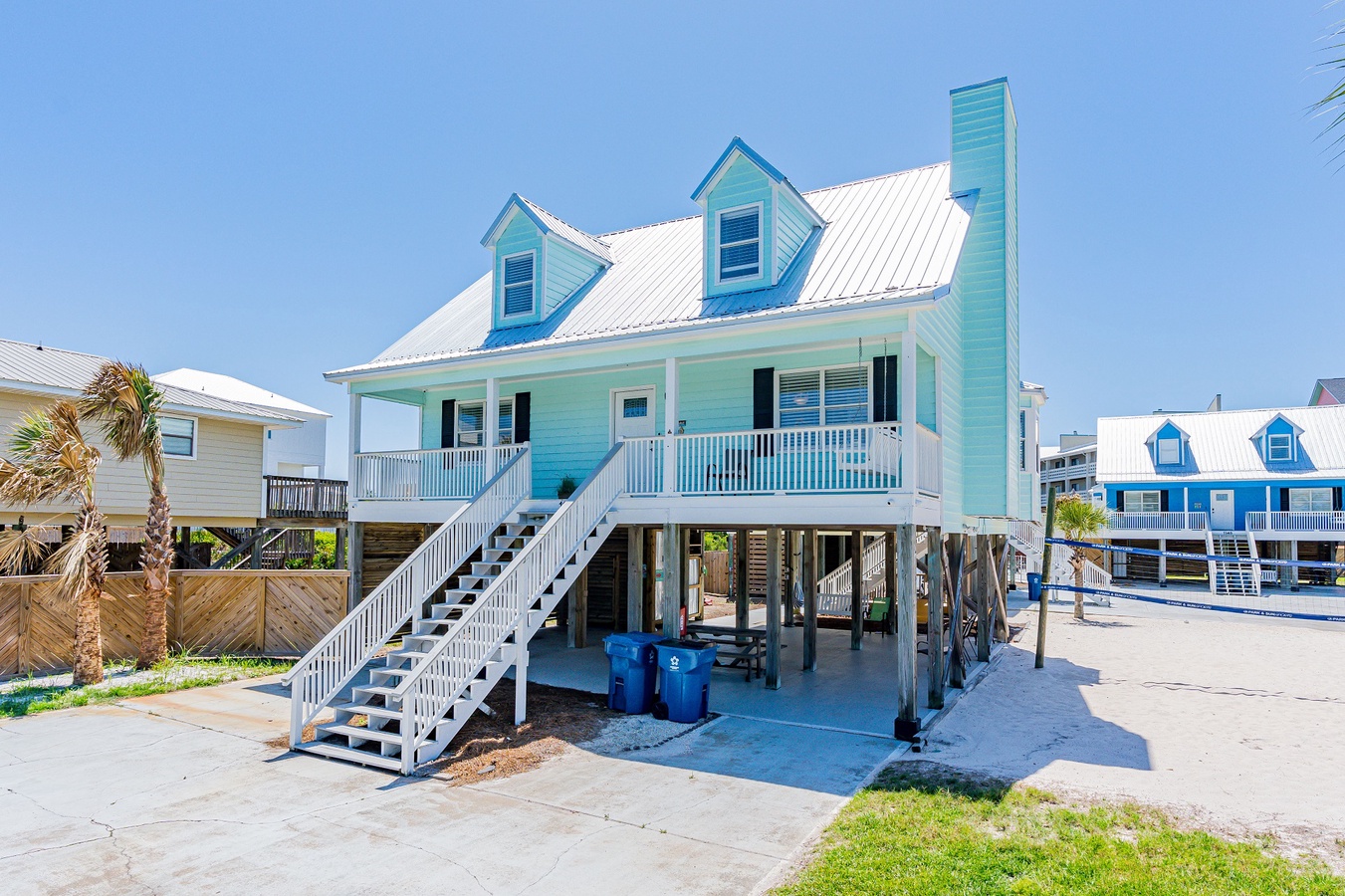Real estate is always evolving, but one of the biggest influences on the market today comes not from interest rates or inventory, but from generational shifts. Each age group brings its own priorities, financial circumstances, and lifestyle choices into the housing market, and the result is a fascinating picture of how the future of homeownership is being shaped. The latest statistics reveal that Millennials, Gen Z, and Baby Boomers are driving the majority of real estate activity, but they are doing so in very different ways. Understanding how each generation approaches homeownership not only provides insight into current trends, it also helps buyers, sellers, and real estate professionals better anticipate what comes next in the housing market.
Millennials in the Market
For several years now, Millennials have represented the largest share of homebuyers in the United States, with reports from the National Association of Realtors showing that they account for roughly 38 percent of buyers. This group, born between 1981 and 1996, has faced a unique set of challenges when entering the housing market. Student loan debt, rising housing costs, and delayed milestones like marriage and starting families all pushed homeownership later than it was for previous generations. Despite these obstacles, Millennials have established themselves as a powerful force in real estate.
What makes Millennials stand out is not only their sheer numbers, but also the way they approach buying homes. Many prioritize walkable communities, proximity to work, and access to amenities over square footage. Technology is central to their buying journey, with the vast majority starting their search online and relying on digital tools for everything from mortgage pre-approvals to virtual tours. In addition, Millennials are more likely to purchase homes with energy-efficient features or modern updates that require less renovation, since many of them balance demanding careers with family responsibilities.
The financial side of the story is equally telling. Statistics reveal that while Millennials are buying homes later in life, they are also purchasing higher-priced properties than earlier generations did at their age. This is due in part to housing appreciation over time, but it also reflects their tendency to view real estate as an investment rather than just a place to live. For Millennials, owning a home is about stability, financial growth, and creating a lifestyle that aligns with their values.
Gen Z: The Emerging Buyers
Hot on the heels of Millennials is Gen Z, the generation born between 1997 and 2012. While many in this group are still too young to purchase homes, the older end of Gen Z has already begun entering the real estate market. According to recent data, Gen Z buyers made up about 4 percent of the market in 2023, and that number is expected to grow quickly in the coming years. What’s striking about this generation is that they are entering the housing market earlier than Millennials did, with some purchasing their first home before the age of 25.
Gen Z brings with them a fresh perspective shaped by the Great Recession and the COVID-19 pandemic. They are cautious with money and deeply aware of the challenges of affordability, which means they often prioritize smaller, more affordable homes in secondary cities or suburbs. However, their comfort with technology surpasses even that of Millennials. They not only rely on online platforms to search for homes but also expect digital integration in the transaction process itself, from virtual tours to electronic closings.
Another defining characteristic of Gen Z buyers is their emphasis on sustainability. They are more likely to seek out eco-friendly homes with features like solar panels, energy-efficient appliances, and smart home technology. For this generation, environmental responsibility goes hand in hand with financial practicality, since sustainable homes often reduce utility costs in the long run.
Statistics also show that Gen Z is not afraid of homeownership despite economic uncertainty. Surveys reveal that more than 70 percent of Gen Zers aspire to own a home someday, and many view it as a milestone of independence and financial stability. This eagerness, combined with their adaptability and tech-savvy approach, suggests that Gen Z will continue to reshape the market in unexpected ways.
Baby Boomers: Downsizing and Relocating
While much attention is given to younger generations, Baby Boomers continue to play a dominant role in real estate. Born between 1946 and 1964, this group accounts for about 39 percent of sellers and nearly a third of buyers, according to recent NAR statistics. Many Boomers are now empty nesters, retirees, or soon-to-be retirees, and their housing choices often involve downsizing or relocating.
One of the most significant trends among Boomers is the decision to sell larger family homes in favor of smaller, low-maintenance properties. This downsizing movement is driven by a desire for convenience, reduced upkeep, and in some cases, financial flexibility. Boomers are also known for relocating to warmer climates or more affordable regions, making states like Florida, Arizona, and parts of the Southeast particularly attractive destinations.
Financially, Boomers are in a strong position compared to younger buyers. Many own their homes outright or carry very little mortgage debt, giving them more freedom in choosing their next property. This also means they can often pay in cash, giving them a competitive edge in multiple-offer situations. Their financial stability, coupled with their numbers, continues to influence housing supply and demand significantly.
At the same time, Boomers are redefining what retirement living looks like. Rather than moving exclusively into age-restricted communities, many are opting for homes that keep them close to family, offer opportunities for social engagement, or allow them to pursue hobbies like gardening, travel, or waterfront living. These lifestyle-driven choices further illustrate how generational preferences shape the housing market.
Comparing Priorities Across Generations
When comparing Millennials, Gen Z, and Baby Boomers, the differences in priorities become clear. Millennials often focus on balancing affordability with lifestyle, seeking homes that allow them to live near jobs, schools, and amenities. Gen Z is motivated by affordability and sustainability, showing a strong preference for tech-forward, eco-friendly homes in up-and-coming areas. Boomers, meanwhile, prioritize lifestyle and convenience, often choosing homes that simplify their daily lives and align with their retirement goals.
Statistics highlight these contrasts in meaningful ways. For example, surveys show that younger generations are more likely to compromise on square footage if it means living in a desirable location, while Boomers are more likely to value peace, space, and comfort. Millennials and Gen Z are also more reliant on digital platforms, with over 90 percent starting their home search online, compared to lower but still significant numbers among Boomers.
These generational distinctions also impact the broader housing market. Millennials and Gen Z drive demand for starter homes and affordable housing, while Boomers influence the supply side by selling larger properties and competing for smaller ones. The push and pull between these groups helps shape inventory levels, price trends, and even the design of new construction.
What It Means for Buyers and Sellers
Understanding generational trends is more than just an interesting exercise; it has real implications for buyers, sellers, and investors. For sellers, knowing which generation is most likely to purchase their home can influence how they market it. A property in a walkable urban area may appeal more to Millennials, while a low-maintenance single-story home might be more attractive to Boomers. For buyers, being aware of competition from other generations can help them strategize in a competitive market. For instance, Millennials and Gen Z buyers often compete with Boomers for smaller, affordable homes, which can drive up demand in certain segments of the market.
Investors and builders also benefit from this knowledge. Developers are increasingly tailoring communities to specific generational needs, whether it’s tech-integrated condos for younger buyers or active-living communities for retirees. Rental markets are influenced as well, since not all Millennials and Gen Zers are ready to buy, creating ongoing demand for affordable, flexible housing options.
Conclusion
Real estate is ultimately about people, and the numbers tell a powerful story about how Millennials, Gen Z, and Boomers are shaping today’s housing market. Each generation brings its own financial realities, lifestyle preferences, and long-term goals to the table, and together they create a dynamic marketplace that continues to evolve year after year. From Millennials seeking stability through homeownership, to Gen Z entering the market with sustainability in mind, to Boomers redefining retirement living, these trends reveal how diverse the American dream of owning a home truly is.
As the market continues to shift, one thing remains constant: understanding who is buying, why they are buying, and what the statistics reveal about their behavior is essential for navigating the future of real estate. Whether you are a buyer, a seller, or simply an observer of housing trends, the generational story unfolding today offers a glimpse into where the market is headed tomorrow.





